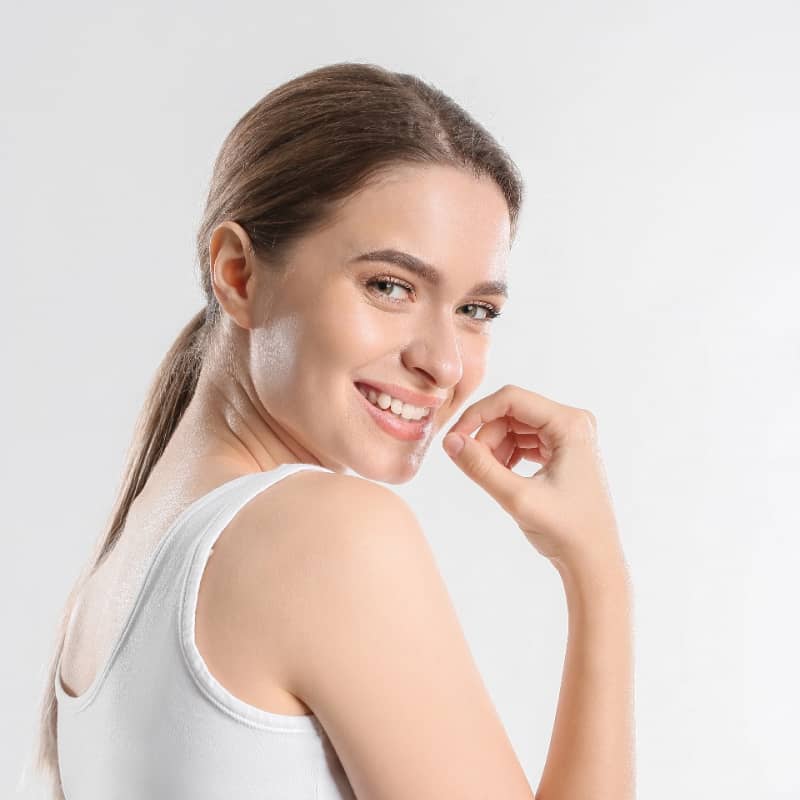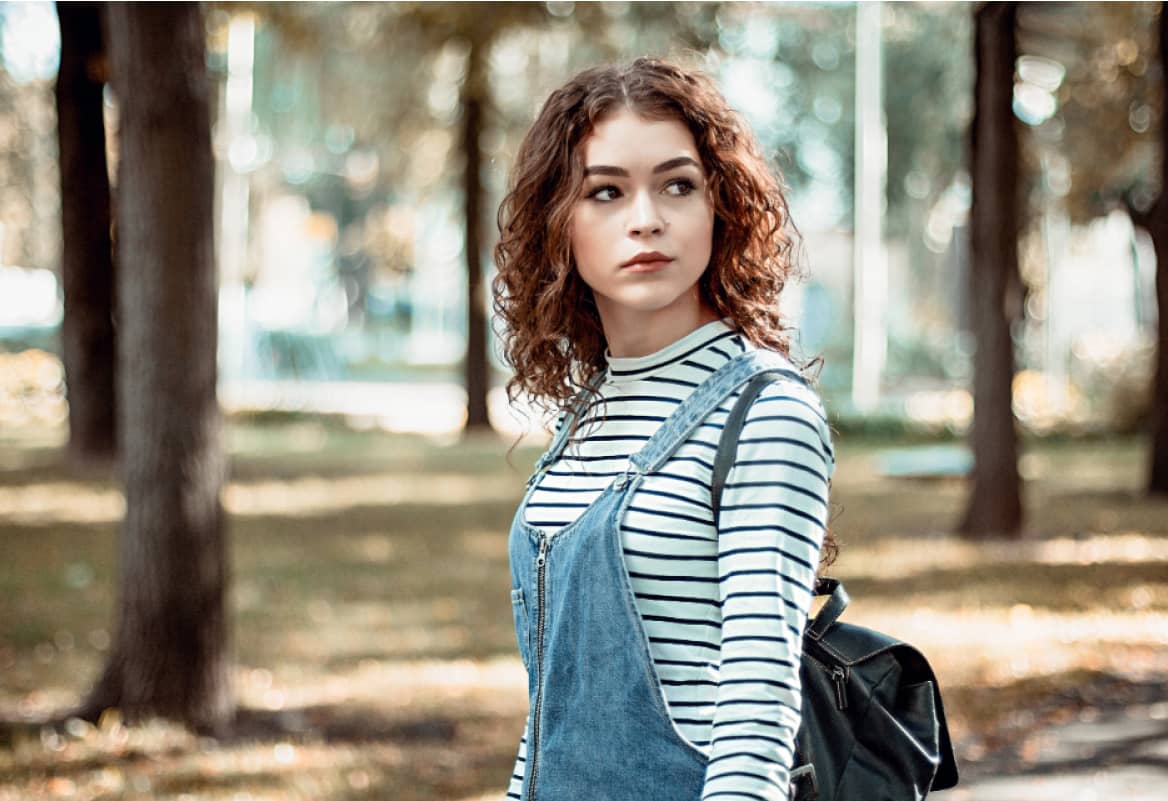Taiji School of Central Equilibrium – UK
Taijiquan and Fujian White Crane
Category: Taiji Principles
-
Huang Sheng Shyan’s Twenty Important Points
Translated by Wee Kee-Jin For the Taijiquan Form and Qi cultivation Wee Kee Jin’s teacher, Huang Sheng-Shyan, referred to 20 points: 1 Every muscle in the body has to be relaxed and loosened. 2 The body has to maintain an upright position without leaning or tilting. 3 Empty the chest, relax the shoulders and drop the elbows. 4 Tuck in the…
-
The Song of Substance and Function
Tàijíquán, – the thirteen postures.The marvel lies in the nature of qì; yin and yáng. It changes into infinity and returns to the one.Returns to the one, tàijíquán. The two primary principles (yin and yáng)and four manifestations are without boundary.To ride the wind, the head is suspended at the crown, from above. I have words…
-
Important Taiji points from the Yang Family
Raise the shén (spirit) to the crown of the head. Hán (contain – not reveal) the chest and bá (spread) the back. Song (relax) the yao (waist). Differentiate shí (substantial) from xu (insubstantial). Chén (sink) the shoulders and hang [drop] the elbows Use yì (mind intention) not lì (brute strength). Upper and lower body synchronise.…
-
The Song of Tuishou
Be diligent about péng (ward-off), lu (roll-back), ji(press) and àn (push). [If] Upper and lower are sychronised,it will be difficult for the other to come in. Let him use immense lì (brute strength) to hit me. Lead his movements with only four tael (approx. 15 grams) to neutralise a thousand catty(approx. 240 grams) of force.…
-
The Understanding of the Thirteen Postures
The xin (mind/heart) motivates the qì, directs it to sink, so that it can be stored andconcentrated into the bones. Let the qì motivate the body without hindrance, so that it will effortlessly follow your xin(mind/heart). If the shén (spirit) is raised, there will not be any sluggishness. This is the meaning of thecrown of…
-
The Song of the Thirteen Postures
Do not take the song of thirteen postures lightly.The source of life is in the waist area. Attention must be paid to the changes of substantial and insubstantial.Let the qì flow freely throughout the body. Calmness precedes the motion and while in motion, calmness remains. Effectiveness isdemonstrated by adapting to the opponent’s changes. Using awareness…
-
Wang Ts’ung–Yueh Taiji Classic
Tàijí is born from wújí.It is the mother of yin and yáng. In movements, it [ yin and yáng] separatesand in stillness it unifies. It must not be overdone or fall short.Respond to the curve with expansion. When the opposition is strong, become supple; this is yielding.Follow the person back without disconnection; this is sticking.…
-
The Chang San-Feng Taiji classic
Throughout all movements, the body should be light, agile and most importantly connectedtogether [synchronised]. The qì should be stimulated and the shén (spirit) gathered within. Do not have deficient places. Do not have any hollow or protruding places. Do not havedisconnected places. The root [of the relaxed force] is in the feet, discharged through the…








